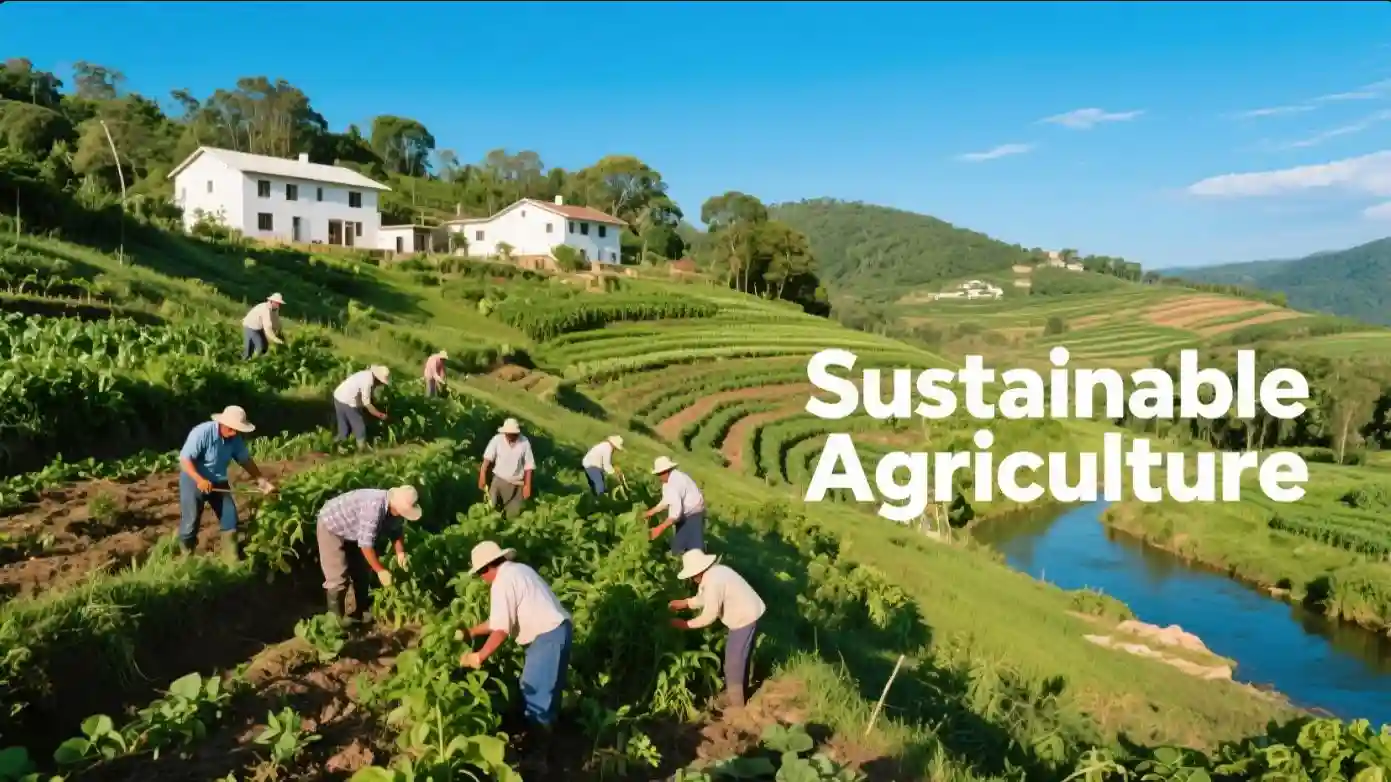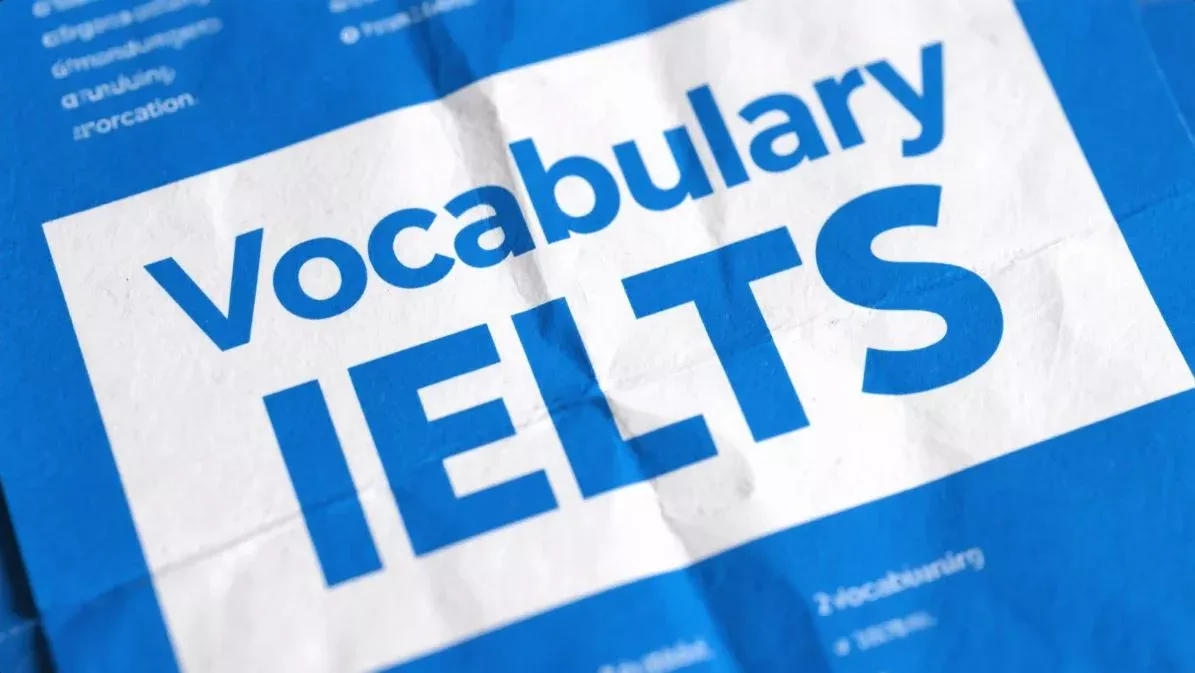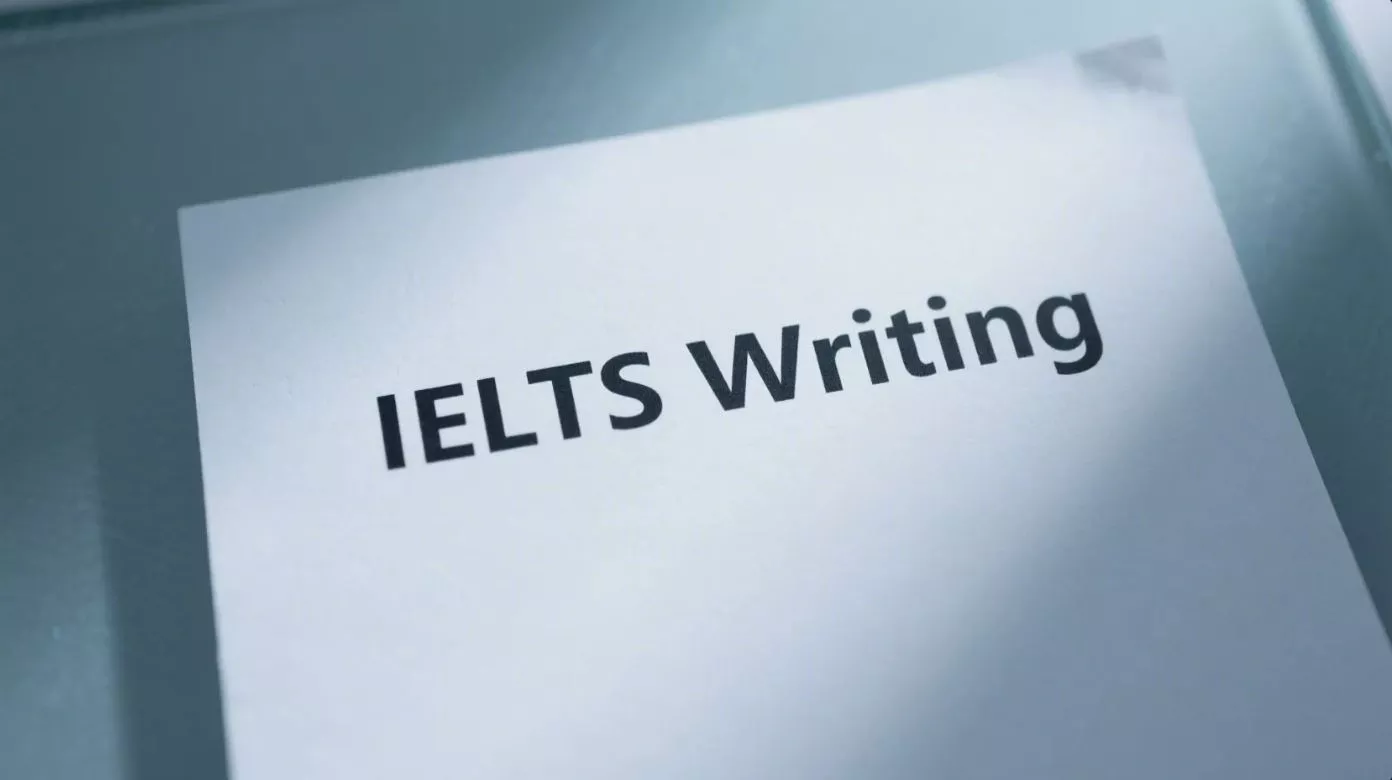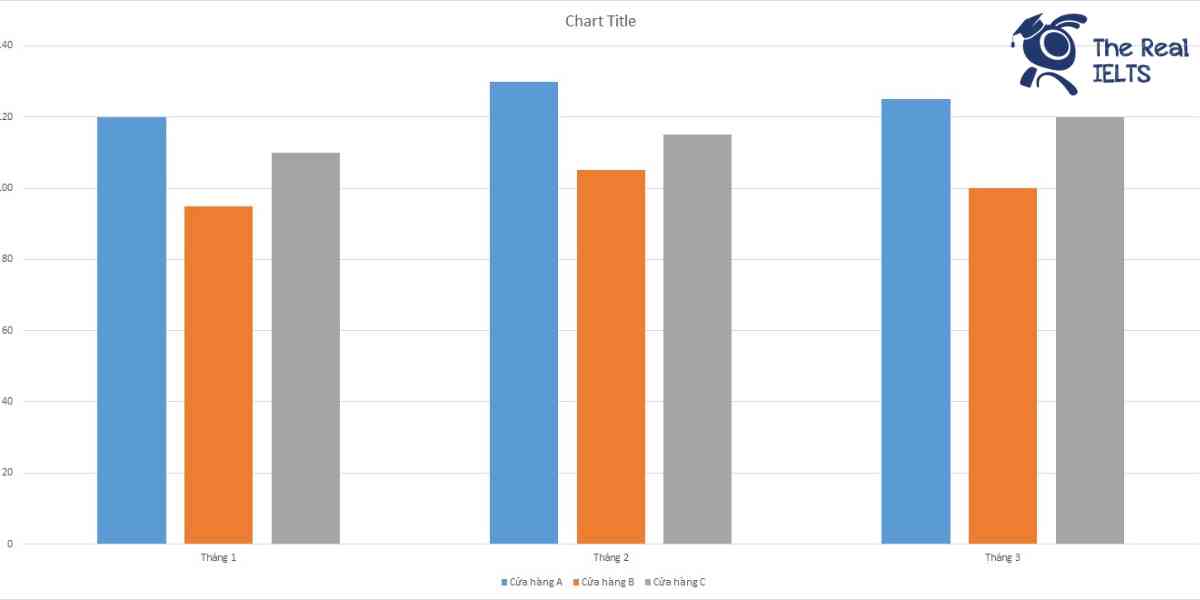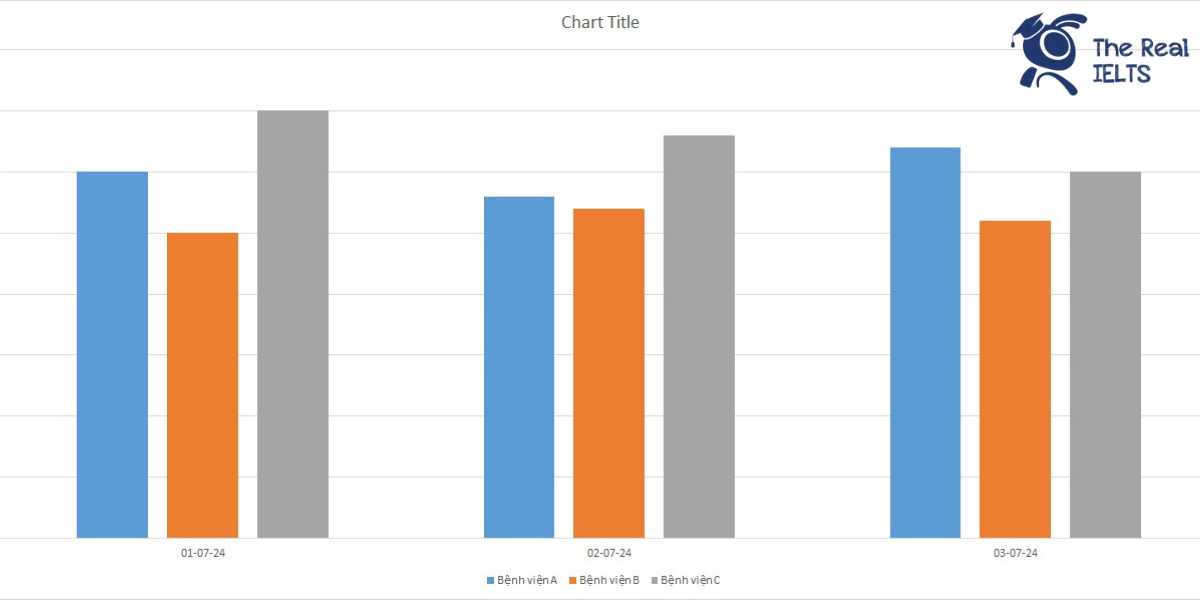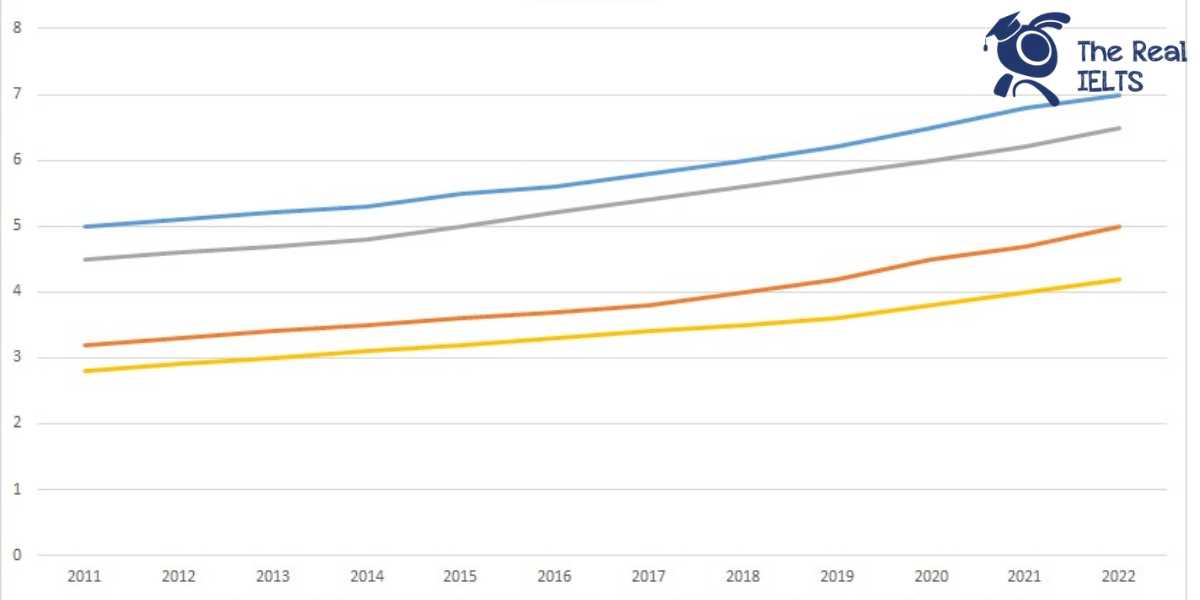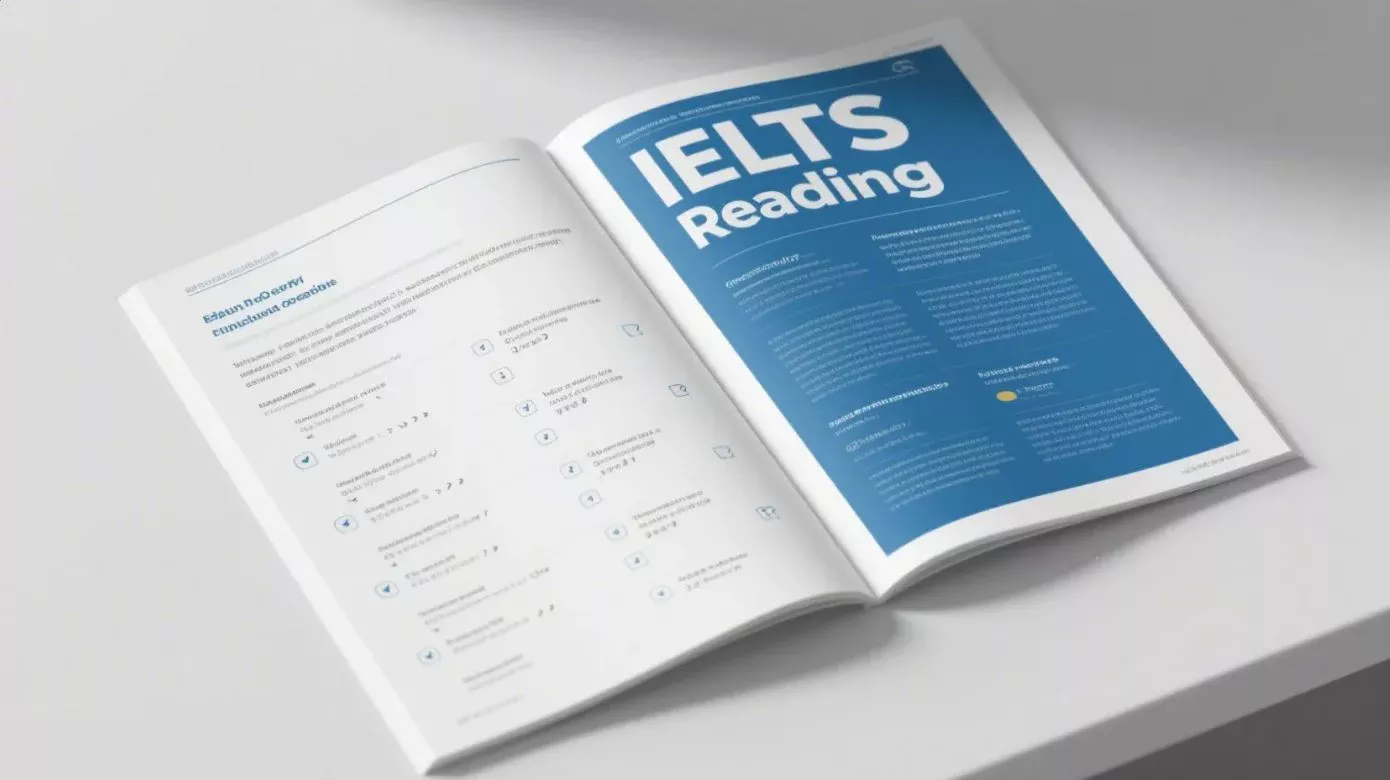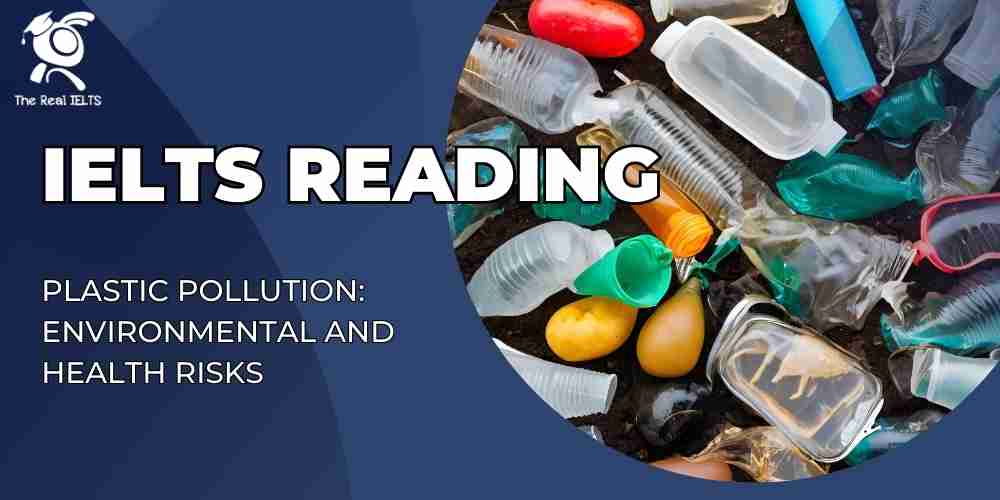Kỹ năng đọc hiểu là yếu tố then chốt quyết định thành công trong kỳ thi IELTS, đặc biệt với IELTS Reading – phần thi đòi hỏi khả năng xử lý thông tin nhanh và chính xác dưới áp lực thời gian. Với các dạng bài đa dạng như tìm ý chính, trả lời câu hỏi chi tiết hay ghép nối thông tin, người học cần chiến lược rõ ràng và kỹ năng phân tích sắc bén để đạt band điểm mong muốn, đáp ứng yêu cầu học thuật hoặc định cư quốc tế.
Đọc thêm: IELTS ACADEMIC READING TEST 10 – BAND 7.0+
Passage: The Rise of Sustainable Agriculture (IELTS Reading)
In recent decades, the global demand for food has surged due to population growth and changing dietary preferences. Traditional farming methods, while effective in increasing yields, have often led to environmental degradation, including soil erosion, water depletion, and chemical pollution. As a response, sustainable agriculture has emerged as a promising approach to meet food demands while preserving the environment for future generations. This method emphasizes practices that maintain soil health, conserve water, and reduce reliance on synthetic chemicals.
Sustainable agriculture is rooted in three core principles: environmental health, economic profitability, and social equity. Environmental health focuses on maintaining ecosystems, such as protecting soil fertility and biodiversity. For instance, crop rotation and intercropping—planting multiple crops together—improve soil structure and reduce the need for chemical fertilizers. Economic profitability ensures farmers can earn a living while adopting sustainable practices. Social equity promotes fair labor conditions and access to resources for small-scale farmers, particularly in developing countries.
One key practice in sustainable agriculture is organic farming, which avoids synthetic pesticides and genetically modified organisms (GMOs). According to a 2020 report by the Food and Agriculture Organization (FAO), organic farming accounts for approximately 1.5% of global agricultural land, with countries like Australia and Argentina leading in organic farmland area. While organic products often fetch higher prices, the transition to organic methods can be challenging due to lower yields in the initial years and the high cost of certification.
Another important aspect is water management. Traditional irrigation systems, such as flood irrigation, can waste up to 50% of water due to evaporation and runoff. Sustainable techniques like drip irrigation deliver water directly to plant roots, reducing waste and improving efficiency. In regions like Sub-Saharan Africa, where water scarcity is a growing issue, such methods have increased crop yields by 20–30% while using less water, according to studies by the International Water Management Institute.
Technology also plays a vital role in sustainable agriculture. Precision farming, for example, uses sensors, drones, and data analytics to monitor soil conditions and crop health. This allows farmers to apply fertilizers and water only where needed, minimizing waste. In Europe, precision farming has reduced pesticide use by up to 20% on some farms. However, the high cost of technology can be a barrier for small-scale farmers in low-income countries.
Agroforestry, the integration of trees into farmland, is another sustainable practice gaining traction. Trees provide shade, reduce soil erosion, and enhance biodiversity by attracting pollinators like bees. In Costa Rica, agroforestry systems combining coffee plants with native trees have improved soil quality and increased farmers’ incomes by 15%, according to local studies. However, agroforestry requires long-term investment, and its benefits may take years to materialize.
Despite its advantages, sustainable agriculture faces challenges. The global food system is heavily reliant on conventional farming, which benefits from established supply chains and government subsidies. Transitioning to sustainable methods often requires significant upfront costs, such as purchasing new equipment or retraining farmers. Additionally, consumer demand for cheap food can discourage farmers from adopting sustainable practices, as they may not be able to compete with lower-priced, conventionally grown products.
Education and policy support are critical to overcoming these barriers. Governments can offer subsidies or training programs to help farmers adopt sustainable practices. For example, the European Union’s Common Agricultural Policy provides financial incentives for eco-friendly farming. Consumer awareness also plays a role—when people choose sustainably produced food, they create demand that encourages farmers to transition.
Looking ahead, sustainable agriculture could reshape the global food system. By 2050, the world’s population is expected to reach 9.7 billion, increasing pressure on agricultural systems. Sustainable practices offer a way to balance food production with environmental preservation. However, success depends on collaboration among farmers, governments, and consumers to create a food system that is resilient, equitable, and environmentally sound.
(Note: All data, such as the FAO report and specific statistics, are based on real-world trends as of 2025, but exact figures may be simplified for clarity. Any hypothetical scenarios, such as specific outcomes in Costa Rica, are grounded in realistic trends but may include minor fictional elements for illustrative purposes.)
Questions
Multiple Choice Questions (1–4)
- What is the primary goal of sustainable agriculture?
A. To maximize crop yields using synthetic chemicals
B. To meet food demands while preserving the environment
C. To reduce the global population’s reliance on food
D. To replace all traditional farming methods - According to the passage, which country is a leader in organic farmland area?
A. Costa Rica
B. Argentina
C. Sub-Saharan Africa
D. European Union - What is a key benefit of drip irrigation mentioned in the passage?
A. It reduces soil erosion
B. It increases water waste
C. It improves water efficiency
D. It eliminates the need for fertilizers - What is a challenge faced by sustainable agriculture?
A. Lack of consumer interest in food
B. High upfront costs for farmers
C. Overuse of water resources
D. Excessive government subsidies
True/False/Not Given Questions (5–8)
- Organic farming uses genetically modified organisms to increase yields.
- Precision farming can reduce pesticide use by up to 20% in some European farms.
- Sustainable agriculture eliminates the need for irrigation systems.
- Agroforestry is widely practiced in Sub-Saharan Africa.
Yes/No/Not Given Questions (9–12)
- Does sustainable agriculture prioritize environmental health over economic profitability?
- Can drip irrigation increase crop yields in water-scarce regions?
- Are small-scale farmers in low-income countries unable to adopt precision farming?
- Does the passage state that sustainable agriculture will completely replace conventional farming by 2050?
Matching Information Questions (13–16)
Choose the paragraph (1–9) that contains the following information:
13. The use of technology to monitor soil conditions.
14. The role of consumer demand in sustainable agriculture.
15. The principles of sustainable agriculture.
16. An example of agroforestry in Costa Rica.
Matching Headings Questions (17–20)
Match each paragraph to the correct heading:
Paragraph A (Paragraph 2)
i. Challenges of Transitioning to Sustainable Practices
ii. The Role of Technology in Farming
iii. Principles of Sustainable Agriculture
iv. The Growth of Organic Farming
Paragraph B (Paragraph 4)
i. Water Management Techniques
ii. The Future of Food Production
iii. Economic Benefits of Farming
iv. The Core Goals of Sustainability
Paragraph C (Paragraph 3)
i. The Impact of Consumer Choices
ii. The Rise of Agroforestry
iii. Organic Farming Challenges
iv. The Role of Government Policies
Paragraph D (Paragraph 9)
i. The Future of Sustainable Agriculture
ii. Benefits of Drip Irrigation
iii. Precision Farming Innovations
iv. Challenges in Global Food Systems
Matching Features Questions (21–24)
Match each practice to its benefit:
A. Crop rotation
B. Drip irrigation
C. Agroforestry
D. Precision farming
- Reduces pesticide use
- Improves soil structure
- Enhances biodiversity
- Increases water efficiency
- A to __, B to __, C to __, D to __
- B to __
- C to __
- D to __
Matching Sentence Endings Questions (25–28)
Complete each sentence with the correct ending:
25. Organic farming is challenging because…
A. it requires significant upfront costs.
B. it relies heavily on synthetic pesticides.
C. it always produces higher yields.
- Agroforestry is beneficial because…
A. it reduces soil erosion.
B. it eliminates the need for irrigation.
C. it requires minimal investment. - Precision farming helps farmers…
A. by increasing water waste.
B. by monitoring crop health.
C. by reducing consumer demand. - Sustainable agriculture promotes…
A. fair labor conditions.
B. reliance on conventional farming.
C. overuse of chemical fertilizers.
Sentence Completion Questions (29–32)
Complete the sentences with no more than three words from the passage:
29. Sustainable agriculture focuses on maintaining __________ and reducing reliance on synthetic chemicals.
30. In Sub-Saharan Africa, drip irrigation has increased crop yields by __________.
31. Precision farming uses __________ to monitor soil conditions and crop health.
32. The European Union’s Common Agricultural Policy provides __________ for eco-friendly farming.
Summary Completion Questions (33–36)
Complete the summary with no more than two words per gap:
33. Sustainable agriculture aims to balance food production with __________ preservation, using practices like crop rotation and __________ irrigation to conserve resources.
34. Organic farming avoids __________ and GMOs, but its adoption is limited by __________ yields in the initial years.
35. Agroforestry integrates __________ into farmland, which helps improve __________ and attract pollinators.
36. The transition to sustainable agriculture is challenging due to high __________ costs and the reliance on __________ farming systems.
Table Completion Questions (37–39)
Complete the table with no more than two words per gap:
37.
| Practice | Benefit |
|---|---|
| Drip irrigation | Increases __________ efficiency |
| Agroforestry | Reduces __________ |
| Precision farming | Reduces __________ use |
- Sustainable agriculture principles: Environmental health, __________, and social equity.
- Organic farming accounts for __________ of global agricultural land.
Diagram Label Completion Question (40)
Label the diagram with one word:
40. Practice that improves soil structure: __________
Answer Key and Explanations
- B – The passage states sustainable agriculture meets food demands while preserving the environment.
- B – Argentina is mentioned as a leader in organic farmland area.
- C – Drip irrigation is described as improving water efficiency.
- B – High upfront costs are listed as a challenge for sustainable agriculture.
- False – Organic farming avoids GMOs, not uses them.
- True – The passage confirms precision farming reduces pesticide use by up to 20% in Europe.
- False – Sustainable agriculture improves irrigation, not eliminates it.
- Not Given – The passage does not mention agroforestry in Sub-Saharan Africa.
- No – All three principles (environmental health, economic profitability, social equity) are core, not prioritized over each other.
- Yes – Drip irrigation increases yields in water-scarce regions like Sub-Saharan Africa.
- Not Given – The passage mentions cost barriers but not that small-scale farmers are unable to adopt precision farming.
- No – The passage does not claim sustainable agriculture will replace conventional farming by 2050.
- Paragraph 5 – Discusses precision farming and monitoring soil conditions.
- Paragraph 8 – Mentions consumer demand for sustainably produced food.
- Paragraph 2 – Outlines the three core principles of sustainable agriculture.
- Paragraph 6 – Describes agroforestry in Costa Rica.
- iii – Paragraph 2 (A) discusses the principles of sustainable agriculture.
- i – Paragraph 4 (B) focuses on water management techniques like drip irrigation.
- iii – Paragraph 3 (C) discusses challenges of organic farming.
- i – Paragraph 9 (D) discusses the future of sustainable agriculture.
- A-2, B-4, C-3, D-1 – Crop rotation improves soil structure, drip irrigation increases water efficiency, agroforestry enhances biodiversity, and precision farming reduces pesticide use.
- B-4, C-3, D-1 – Matches the benefits from question 21.
- 4 – Drip irrigation increases water efficiency.
- 3 – Agroforestry enhances biodiversity.
- A – Organic farming is challenging due to high upfront costs.
- A – Agroforestry reduces soil erosion.
- B – Precision farming helps by monitoring crop health.
- A – Sustainable agriculture promotes fair labor conditions.
- soil health – The passage mentions maintaining soil health as a focus.
- 20–30% – Drip irrigation increased yields by 20–30% in Sub-Saharan Africa.
- sensors – Precision farming uses sensors to monitor soil conditions.
- financial incentives – The EU policy provides financial incentives for eco-friendly farming.
- environmental, drip – The passage mentions balancing food production with environmental preservation and drip irrigation.
- synthetic pesticides, lower – Organic farming avoids synthetic pesticides and faces lower yields initially.
- trees, soil quality – Agroforestry integrates trees and improves soil quality.
- upfront, conventional – The transition faces high upfront costs and reliance on conventional farming.
- water, soil erosion, pesticide – Drip irrigation increases water efficiency, agroforestry reduces soil erosion, precision farming reduces pesticide use.
- economic profitability – The principles are environmental health, economic profitability, and social equity.
- 1.5% – Organic farming accounts for 1.5% of global agricultural land.
- Crop rotation – Crop rotation is mentioned as improving soil structure.


